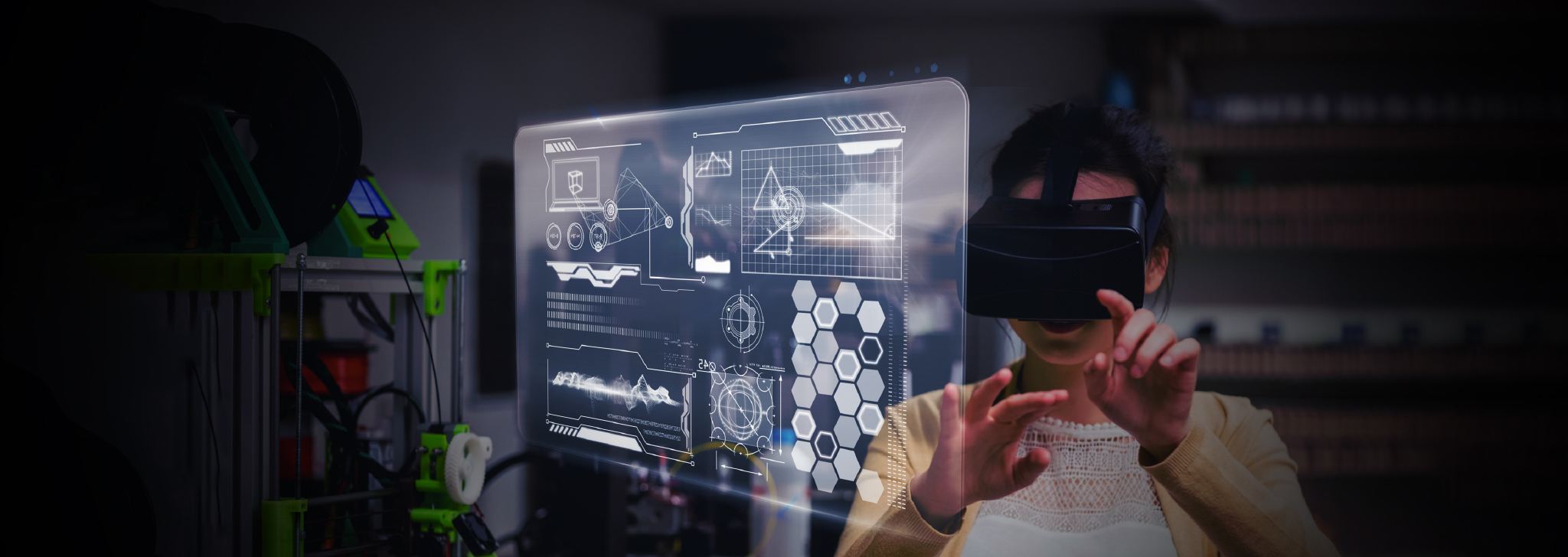The Role of AR/VR in Creating Immersive Learning Experiences for College Students
Introduction: The Rise of AR/VR in Higher Education
In recent years, augmented reality (AR) and virtual reality (VR) have emerged as transformative tools in higher education, redefining how students engage with complex material. These technologies transcend traditional lectures and textbooks, offering immersive, interactive experiences that cater to diverse learning styles. As institutions embrace digital innovation, AR/VR is poised to bridge the gap between theoretical knowledge and real-world application, fostering deeper understanding and professional readiness.
Understanding AR and VR: Two Sides of the Same Coin
While AR and VR share the goal of enhancing digital interaction, they differ fundamentally:
- VR immerses users in entirely virtual environments, leveraging sensory feedback and interactivity to simulate real or imagined worlds (e.g., a 3D model of a human heart for biology students).
- AR overlays digital content onto the physical world, enabling contextual learning through spatiality and real-time interaction (e.g., engineering students visualizing machinery parts via AR glasses).
This distinction allows educators to choose the right tool—VR for full immersion or AR for contextual enhancement—to meet specific pedagogical goals.
Transforming Learning Experiences: Beyond the Classroom
AR/VR introduces unprecedented immersion, enabling students to explore abstract concepts through dynamic simulations. For example:
- Medical students perform virtual surgeries, practicing risk-free in hyper-realistic environments.
- Architecture students walk through 3D models of their designs, adjusting elements in real time.
- History classes embark on virtual field trips to ancient civilizations, enhancing cultural understanding.
Such experiences cater to kinesthetic and visual learners, breaking down barriers posed by traditional methods.
Bridging Theory and Practice: Real-World Readiness
AR/VR bridges academia and industry by simulating real-world scenarios. Engineering students troubleshoot virtual machinery, while business students engage in VR-based market simulations. These tools also democratize access to experiences like international internships or lab experiments, particularly for students in resource-limited institutions.
Enhancing Collaboration and Engagement
These technologies foster social learning through:
- Virtual Labs: Remote students collaborate on experiments in shared VR spaces.
- Gamified Lessons: Educators use AR scavenger hunts or VR role-playing to make lessons interactive.
- Museum Partnerships: Institutions integrate AR apps for interactive museum tours, blending physical and digital learning.
Such collaborative environments mirror workplace dynamics, preparing students for team-based professional settings.
Boosting Retention and Academic Performance
Studies show immersive learning improves retention by up to 75% compared to traditional methods. VR’s multisensory engagement makes abstract concepts tangible—chemistry students manipulating molecular structures, for instance, retain information longer. AR’s real-time feedback also accelerates mastery, as seen in language apps that overlay vocabulary onto physical objects.
Overcoming Challenges: Costs and Accessibility
While initial setup costs for AR/VR hardware and software can be high, declining prices of devices like Oculus Quest or Microsoft HoloLens are democratizing access. Institutions like Stanford and MIT report long-term savings through reusable VR modules and scalable AR content. Training educators to design immersive curricula remains critical, but partnerships with tech firms are easing this transition.
The Future of AR/VR in Higher Education
As AR/VR becomes mainstream, expect advancements in AI integration for personalized learning paths and haptic feedback for tactile engagement. Hybrid classrooms will blend physical and virtual elements, while global VR campuses could revolutionize remote education.
Conclusion
By fostering engagement, collaboration, and real-world readiness, AR/VR technologies address longstanding challenges in higher education, from retention gaps to accessibility. As costs decline and innovation accelerates, AR/VR will cement its role as a vital tool in the eLearning ecosystem, empowering students to thrive in an increasingly digital world.
- Debdut Pramanickhttps://www.mitrmedia.com/resources/blogs/author/debdutp/
- Debdut Pramanickhttps://www.mitrmedia.com/resources/blogs/author/debdutp/
- Debdut Pramanickhttps://www.mitrmedia.com/resources/blogs/author/debdutp/
- Debdut Pramanickhttps://www.mitrmedia.com/resources/blogs/author/debdutp/




